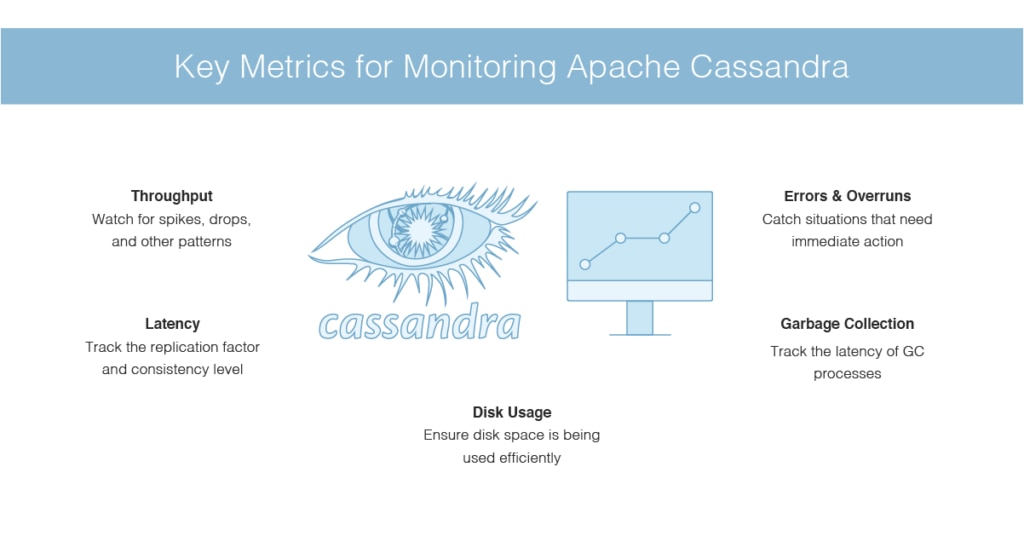
The latest beta release of the Apache Cassandra is designed to hit the ground running as the NoSQL database moves steadily to the cloud to provide managed services in production deployments.
Cassandra 4.0 released on Monday (July 20) is the first major update of the database since 2017, incorporating more than 1,000 bug fixes and extensive “battle” testing to improve performance in production, making it “the most stable release ever,” maintainers asserted. Performance testing included running Cassandra on clusters as large as 1,000 nodes using an array of enterprise use cases.
Cassandra promoters note that hyper-scalers such as Apple (NASDAQ: AAPL) have deployed the database in production with more than 75,000 nodes, illustrating its ability to scale.
Among the new features incorporated into version 4.0 is the ability to stream data between nodes during scaling operations such as adding a new node or datacenter during peak traffic times.
It also includes the new data access controls operating on a “per datacenter basis.” In one scenario, operators of datacenters located in the Europe and the United States could configure Cassandra to allow access to a single datacenter using a “network authorizer” feature. Data governance features are gaining traction as European authorities crack down on the cross-border movement of personal user data.
Monitoring tools are also emphasized in the Cassandra latest release. Previously, open source tools from key code contributors such as DataStax and Instaclustr were the primary tools for observing Cassandra clusters.
“Constant monitoring of key performance indicators such as latency, disk usage, and throughput is critical to maintaining an optimal deployment,” Justin Cameron, a senior software engineer at Instaclustr, wrote last year in Datanami.
Around-the-clock “monitoring is necessary because both internal and external changes to Cassandra usage patterns are very common,” Cameron added.
The latest version allows users to selectively monitor system metrics and configuration settings via a feature called Virtual Tables. Other tools allow users to record and replay production workloads to analyze performance.
Along with DataStax, the data platform developer behind Cassandra, key code contributors to the 4.0 version include Amazon Web Services (NASDAQ: AMZN) and Instaclustr.
The Cassandra 4.0 better release is here.
Recent items:
Cassandra Now Officially in the Cloud with DataStax Astra
4 Apache Cassandra Pitfalls You Must Avoid
Tags: apache cassandra, cassandra, Cassandra 4.0, cloud database, cluster monitoring, Data Governance, Instaclutr, network authorizer, NoSQL database




